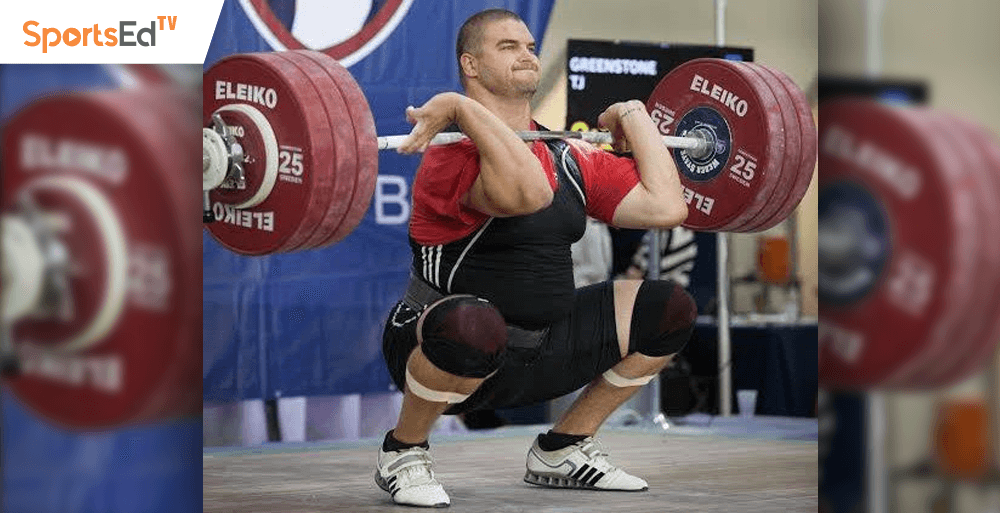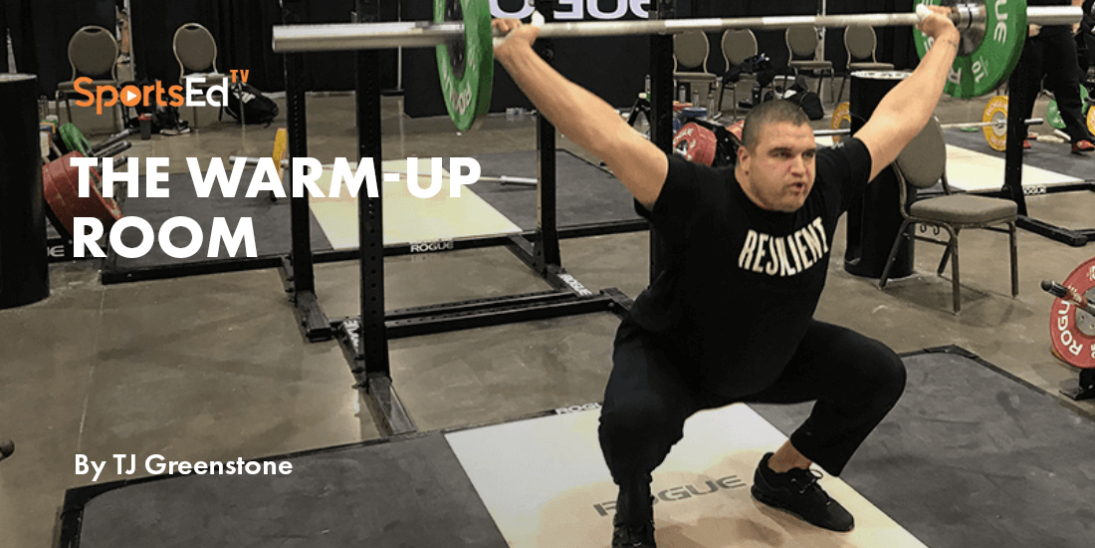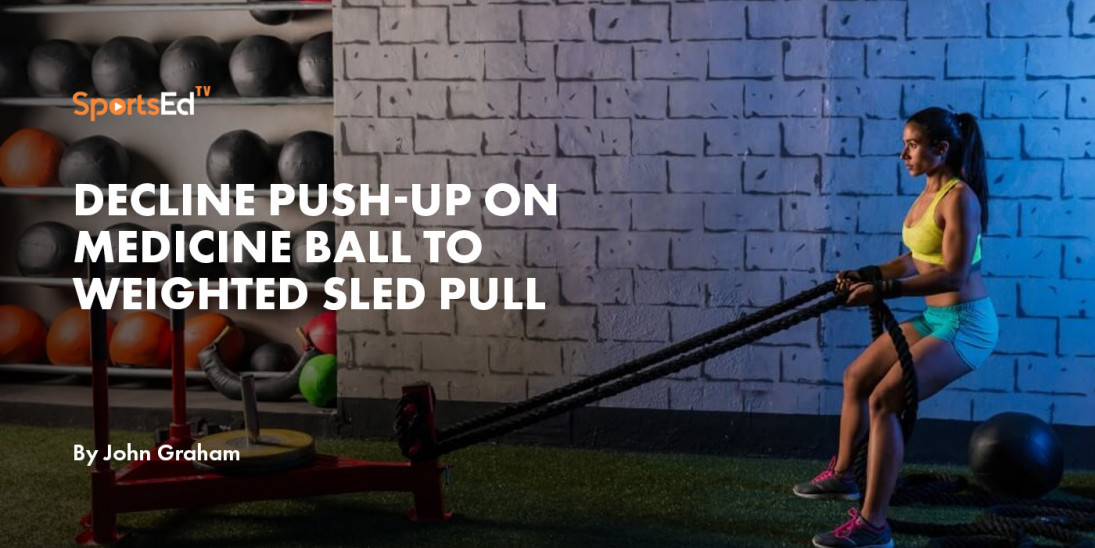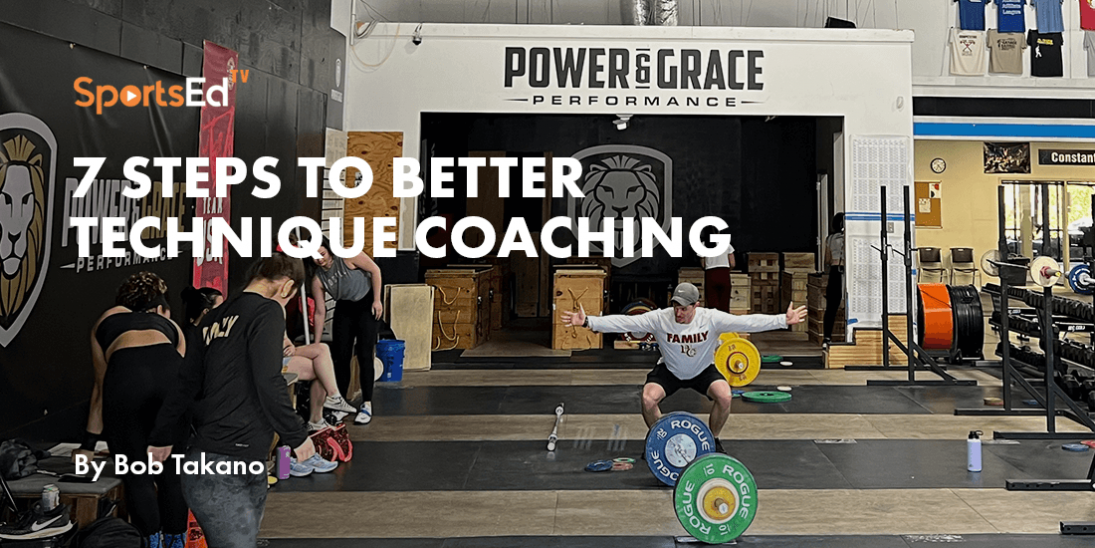Strength And Conditioning, Weightlifting
Welcome and thanks for visiting...

Challenges in Coaching Olympic-style Lifts With Athletes
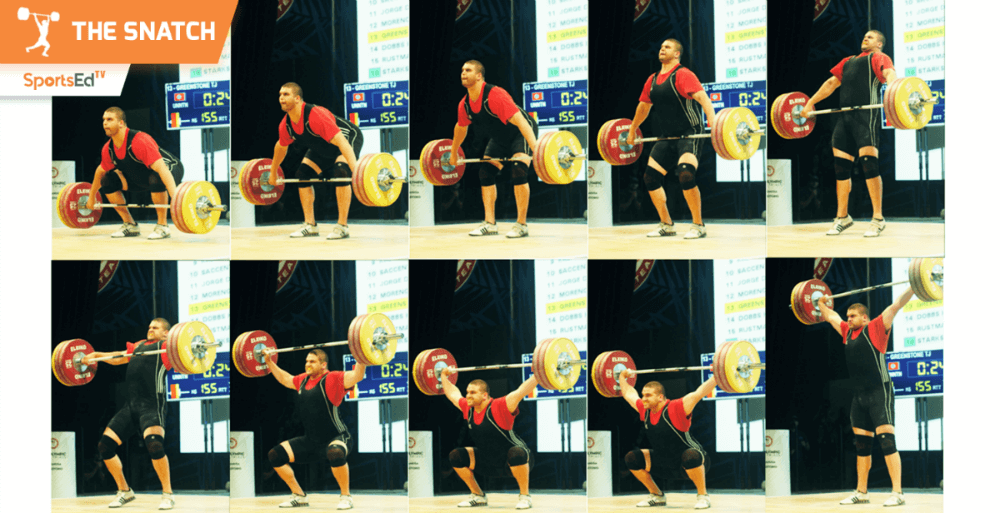
As a Division I strength and conditioning coach, I encounter and need to remedy numerous challenges when instructing our athletes on Olympic-style lifts. Included here are the primary challenges and the means I use to progress.
1. Mobility Readiness
One large challenge that strength and conditioning coaches can face when implementing Olympic-style lifts is the student-athlete without the requisite mobility to perform the lifts. They either cannot achieve a safe and technically sound starting position or cannot finish in a safe and optimal position. An example is not having the shoulder, lat, and triceps mobility to receive the barbell in either a clean, the start of a jerk, or the front squat.
Short-Term Fix: Utilize lifting blocks to raise the athlete’s start position to a point where they can display a safe and optimal body position.
Long-Term Fix: Regress to a segmented lift and lateralize (add-in) mobility exercises or fillers to improve positions.
Example:
Desired protocol: 4 sets x 3 reps in the power clean, but the athlete cannot safely “rack” the bar.
Regression: 4 x 3 clean pulls
Lateralization: 4 x 15 kneeling lat stretch with dowel
Check SportsEdTV video library: www.sportsedtv.com/sport/weightlifting
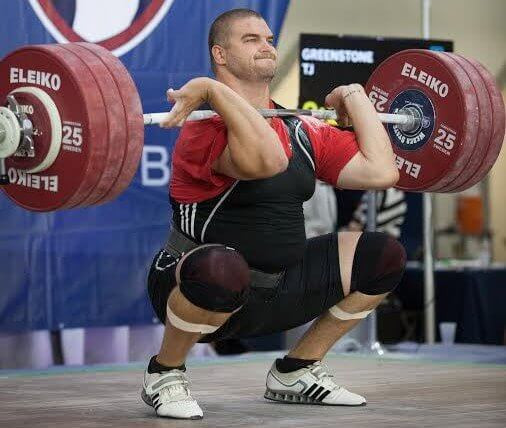
Author TJ Greenstone typifies the type of flexibility and mobility needed to successfully rack the barbell for a clean, a jerk, or a front squat.
2. Strength Readiness
In some cases, athletes do not have the requisite strength to begin certain lifting progressions. This is common in the female athlete population, especially those with a brief or nonexistent training history. Females often exhibit a deficit in terms of upper body strength development due to the structure of their body. While the strength and conditioning industry has made progress, the high school weightroom often remains more of a “football/male” dominated area. Many high schools now offer alternate forms of physical education, such as team sports, Pilates, yoga, and even walking classes. As a result of poor baseline strength, an athlete may not be able to learn lifting progressions with a regulation barbell, so the successful S&;;C coach must be creative with progressions and achieve a similar training stimulus.
Short-Term Fix: Regress and Lateralize
Long-Term Fix: Implement Proper Strength Program/Phase
Example:
Desired Protocol: 5 x 3 power snatch from power position
Regression: Single-arm (SA) DB snatch, 4 x 3 each arm
Lateralization: 4 x 5 power snatch from power position with a light barbell or dowel
Check SportsEdTV video library: www.sportsedtv.com/sport/weightlifting
3. Poor Technical Habits
While the strength and conditioning world at all levels has progressed in knowledge, experience, and research over the last few decades, the age-old adage of “just grip it and rip it” with little concern for technical mastery still exists. Most professionals agree that poor technique leads to stalled progress, inconsistent lifting, or injury.
Short-Term Fix: Regress to a variation that is executed properly with load (power clean from power position)
Long-Term Fix: Reteach weightlifting technique starting from scratch.
Example:
Desired Protocol: Lifting with proper technique (see SportsEdTV how-to videos)
Regression: See long-term fix above
Check SportsEdTV video library: www.sportsedtv.com/sport/weightlifting
4. Risks vs. …
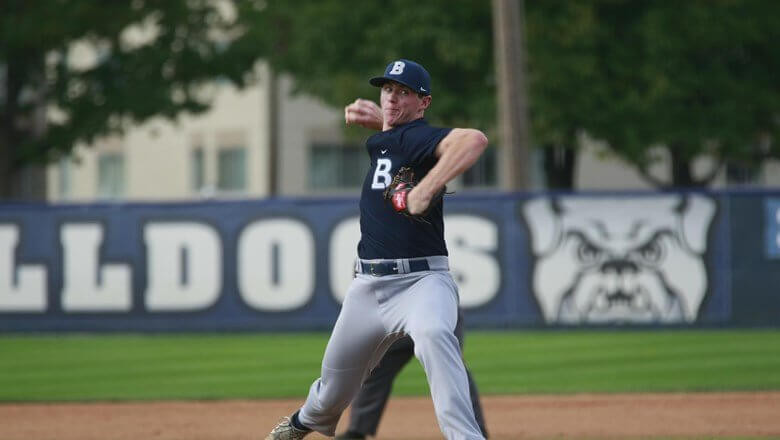
I love the Olympic-style lifts as much as any weightlifting junkie, but for certain sports, the juice just isn’t worth the squeeze. Also, incorporating sports coaches’ ideas and possible resistance presents challenges to the strength and conditioning coach.
A perfect example is the sport of baseball. Racking the clean requires mobility in the lats, triceps, and shoulders. Even if an athlete has that mobility, if he misses or has an awkward catch, a lot of stress may be placed on the elbow joint. At Butler, we do not utilize the power clean for our pitchers. Often at the college level, and especially in the professional ranks, coaches work with literally million-dollar arms. Sometimes it’s safer to utilize a different type of training to achieve a similar stimulus.
Desired Protocol: Increased power using the Olympic-style lifts
Regression: Dynamic effort movements, loaded plyometrics, complex/contrast method (loaded movements followed by unloaded plyometric of a similar movement pattern, possibly followed by an assisted movement of similar movement pattern: squat, hurdle jumps, multiple response band assisted vertical jump)
5. … Rewards
Again, I love the Olympic-style lifts as much as the next weightlifting purist. They are an amazing tool that requires and develops explosive power, coordination, mobility, kinesthetic awareness, and coachability. In order for an athlete to improve at these lifts an athlete must know their body, adjust positions in very small amounts, and accept coaching. Athletes also have to be able to focus and execute on every repetition.
Most sports involve some sort of alignment, assignment, and execution. The Olympic-style lifts (and any lift for that matter) are no different. “Am I starting properly?” “What is the process of getting the barbell to the finishing point of the lift?” “Now, I have to execute properly.”
As an athlete who walked into college with a 320lb hang power clean and left years later with almost 100lbs of improvement, I can personally say it is extremely gratifying to see improvement. It’s also great when a coach sees an athlete experience that “light bulb moment,” when they feel how a properly executed lift should feel. On top of these experiences, the performance benefits of doing the lifts consistently with proper technique, and at the right speeds are well worth it. The Olympic-style lifts require body awareness, acceleration, and the ability to decelerate under load.
Last time I checked, there are a lot of sports that require pretty similar demands.



